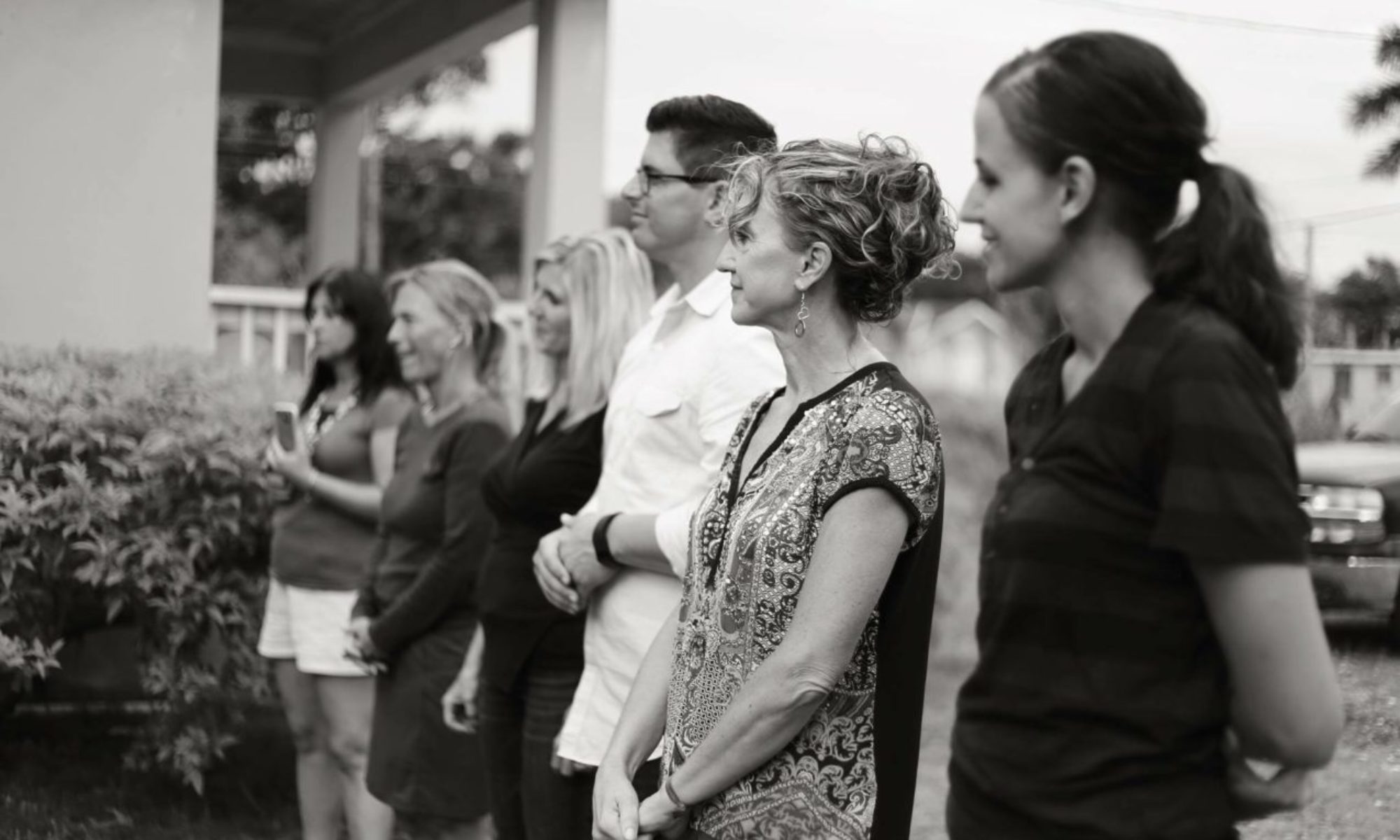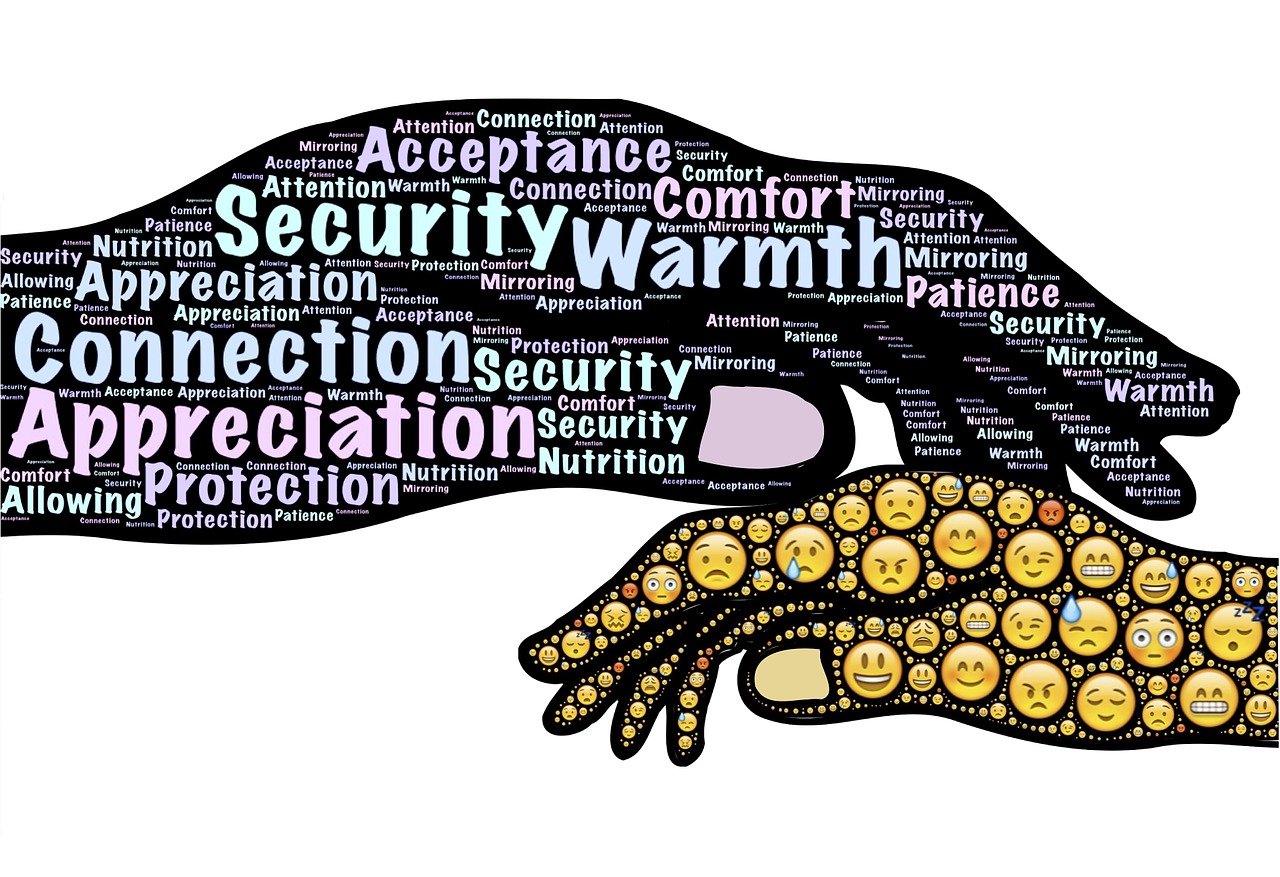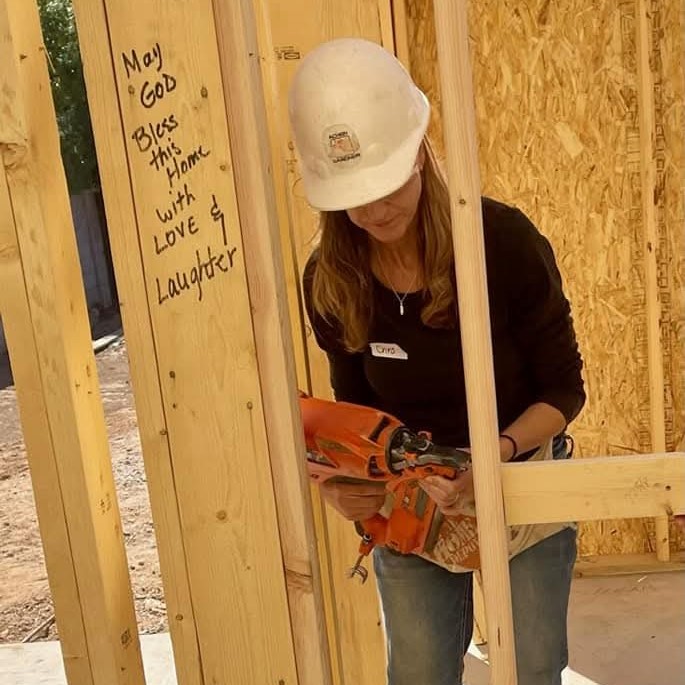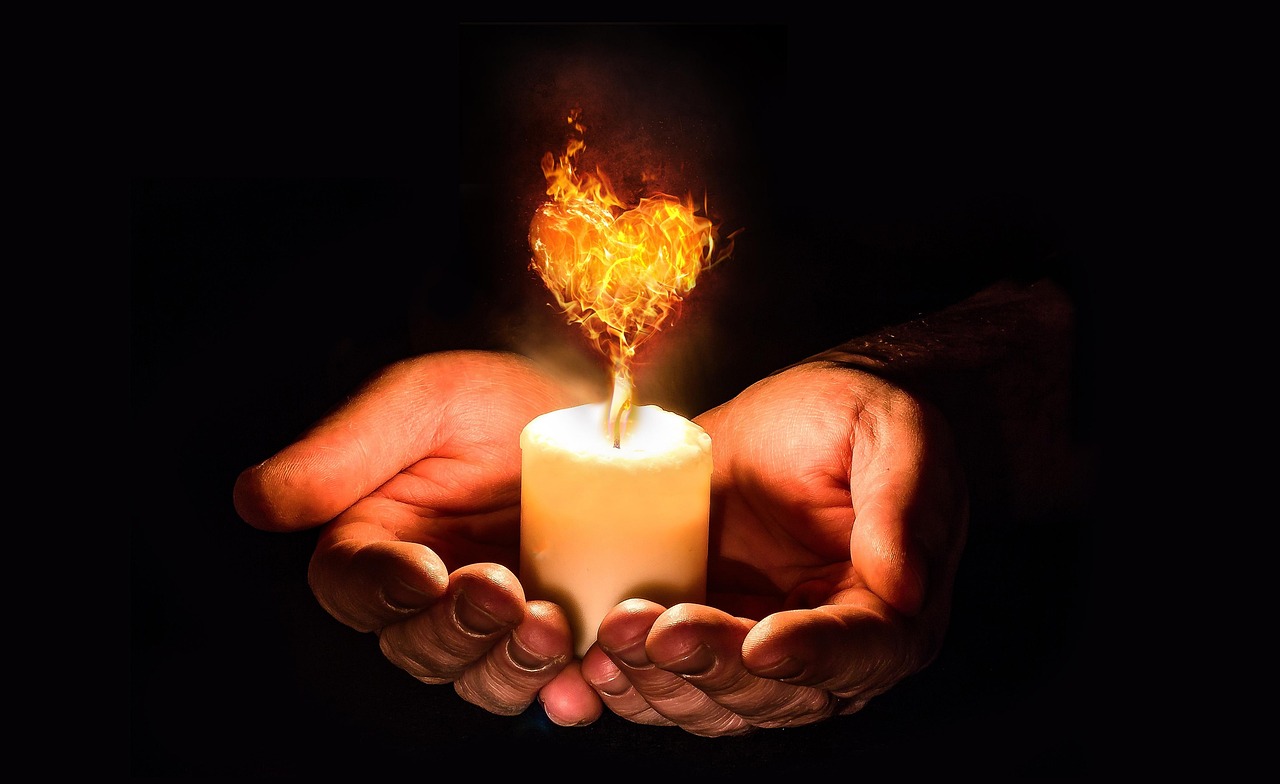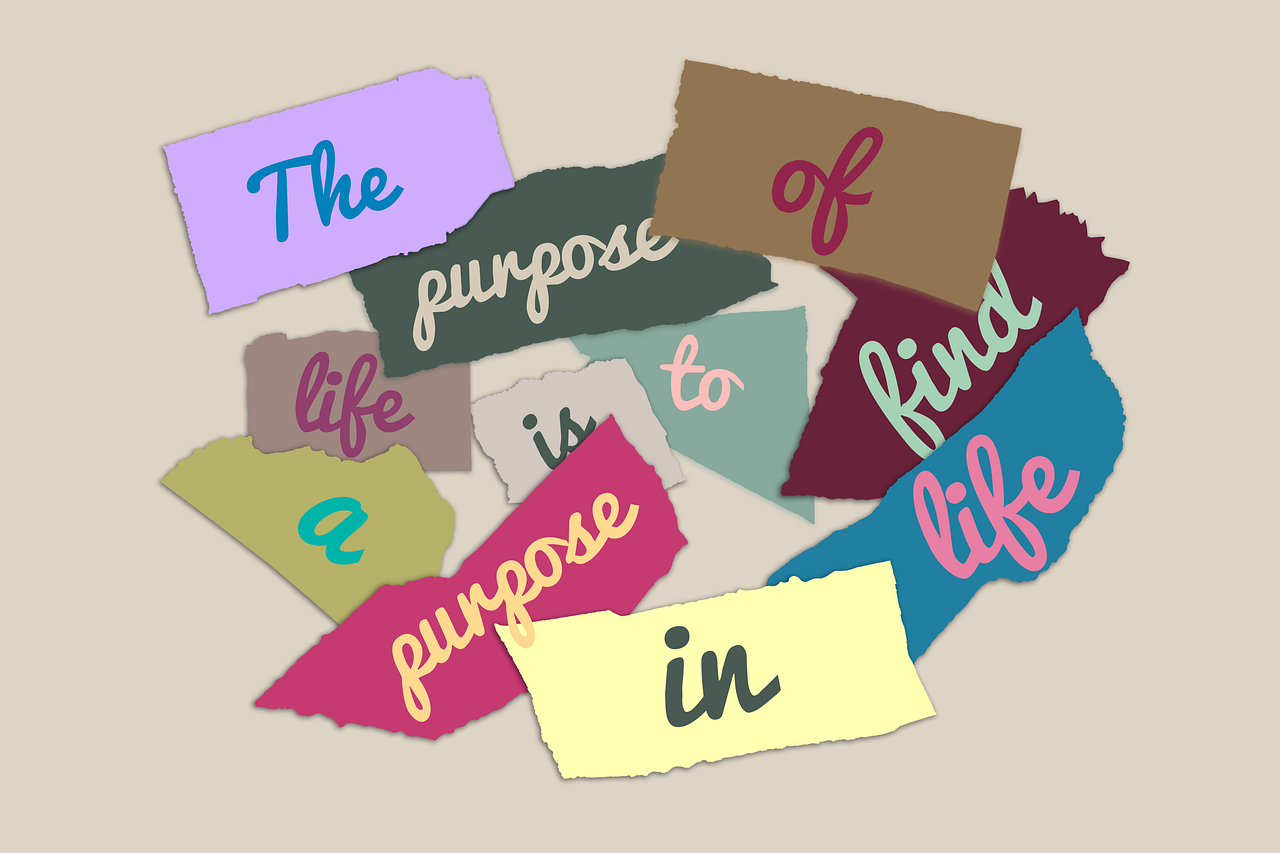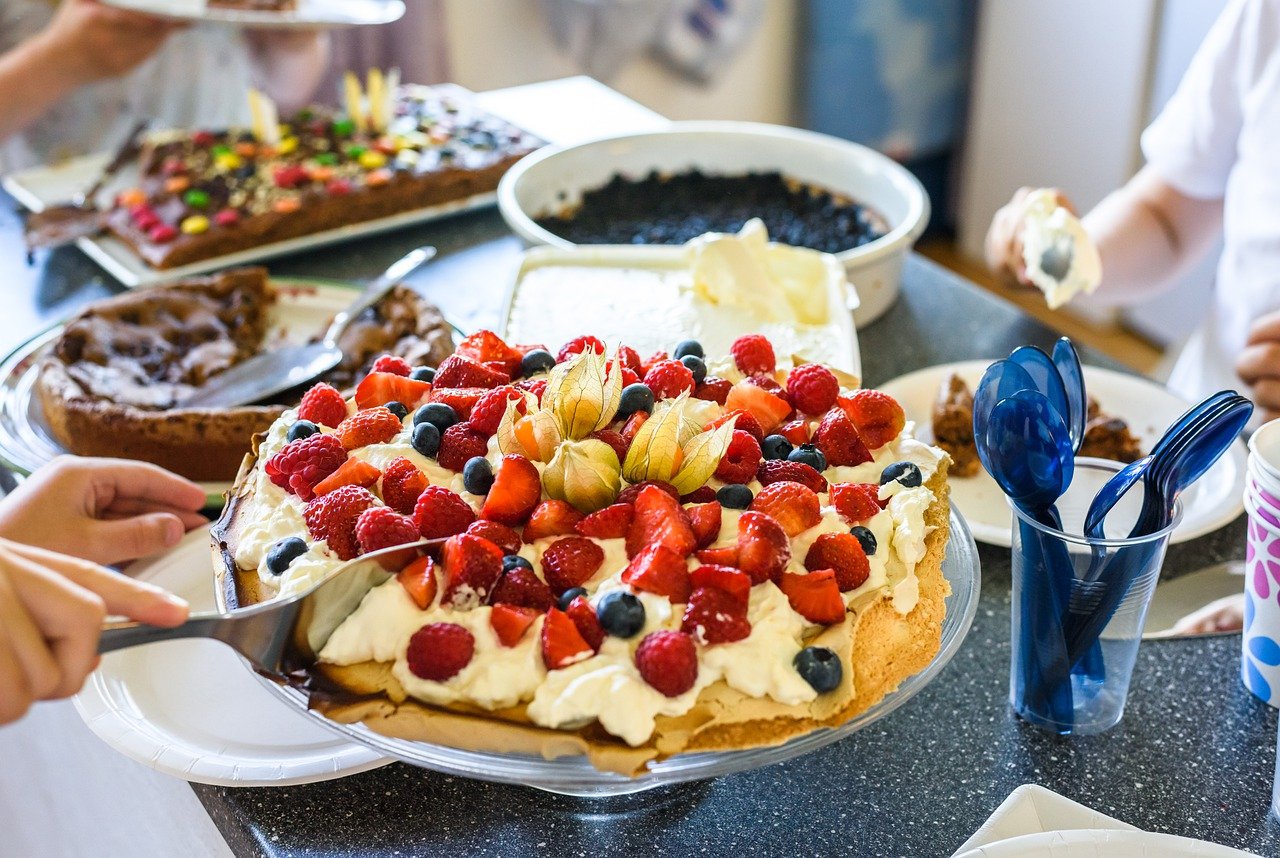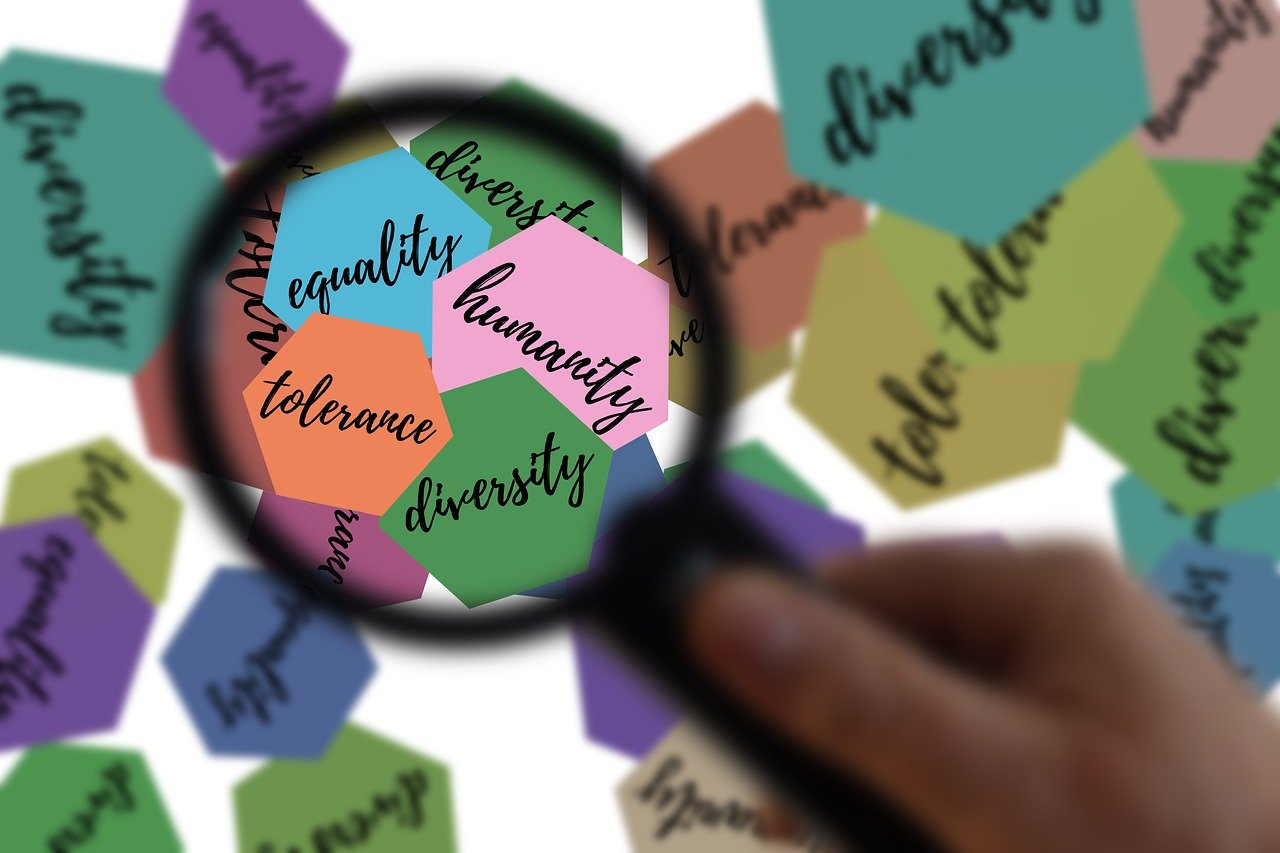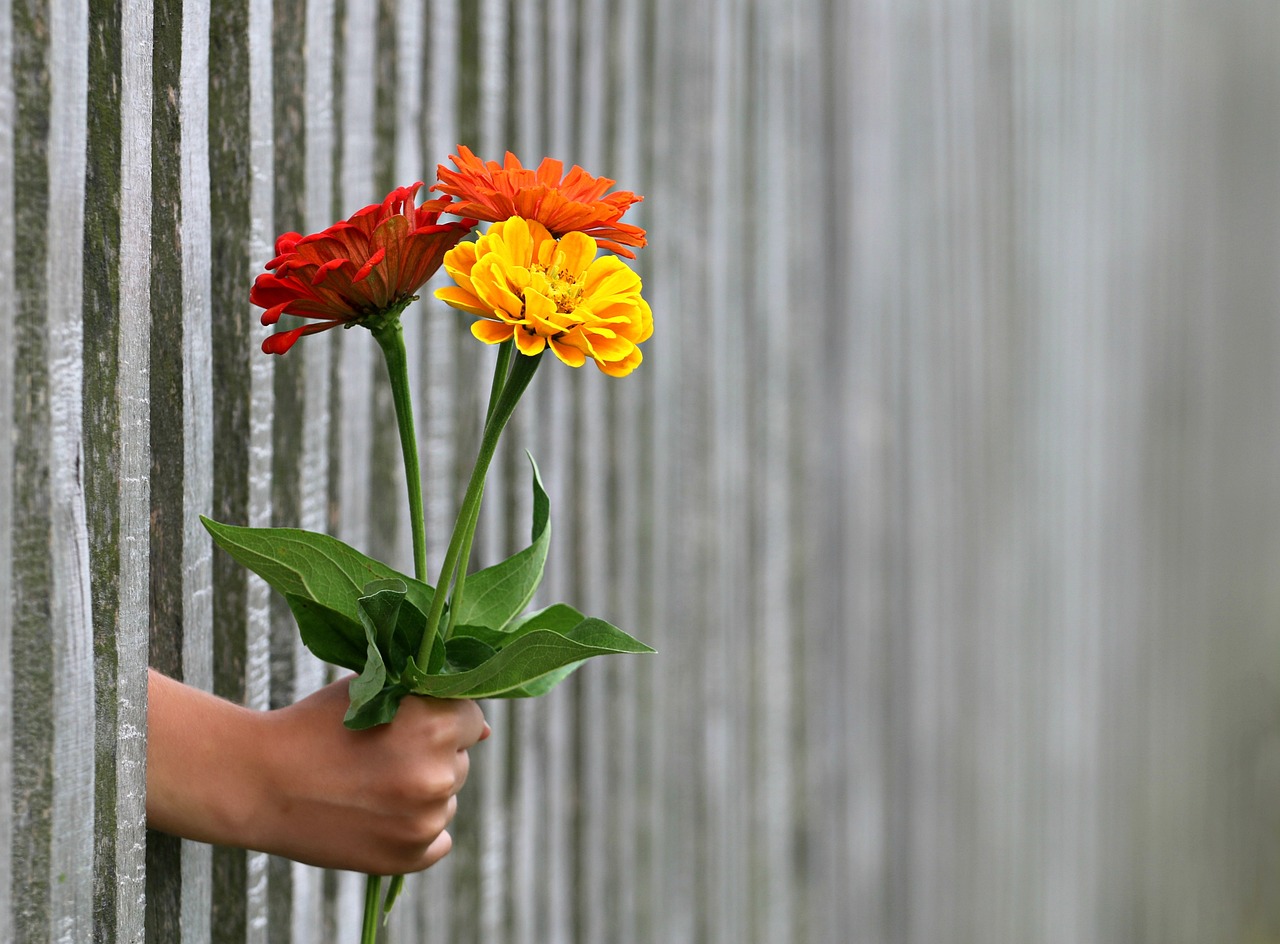In today’s fast-paced and interconnected world, differences in beliefs, values, and perspectives are inevitable. Whether those differences are cultural, political, or spiritual, they shape the way people see the world and how they choose to live their lives. While it can be tempting to only surround ourselves with those who think like us, the truth is that real growth and harmony come from learning to accept others—even when their beliefs don’t match our own.
Acceptance does not mean agreement. It doesn’t require us to abandon our own convictions or compromise our values. Instead, it asks us to recognize the humanity in others, to respect their right to hold different views, and to engage with kindness rather than hostility. By doing so, we create spaces where dialogue, empathy, and cooperation can flourish.
One of the greatest benefits of accepting differing beliefs is the opportunity it provides for personal growth. When we listen with an open mind, we gain insight into perspectives that may challenge our assumptions. This doesn’t always change our beliefs, but it often strengthens our understanding of why we hold them. In many cases, it can broaden our horizons and help us develop more compassion toward those whose life experiences differ from our own.
On a larger scale, acceptance helps to build stronger, more inclusive communities. A society that embraces diversity of thought is one that fosters innovation, resilience, and collaboration. When people feel safe to express their views without fear of judgment or exclusion, they are more likely to contribute positively. This creates an environment where differences become strengths rather than sources of division.
Rejecting or belittling those with different beliefs, on the other hand, breeds conflict and alienation. It creates walls between people that are difficult to tear down. History has shown us time and again that intolerance leads to hostility, while acceptance paves the way for peace. Even in everyday life—at work, in schools, or within families—relationships thrive when people choose respect over rejection.
Ultimately, accepting others is about honoring the dignity of every human being. Each person’s beliefs are shaped by their unique journey, experiences, and struggles. By approaching them with empathy, we affirm their worth, even if we disagree with their worldview.
The world will always contain differing perspectives, and that is something to celebrate, not fear. Acceptance is not a weakness; it is a powerful choice that brings people together, encourages understanding, and nurtures harmony in a diverse world. By choosing acceptance, we take a step toward creating communities—and a future—where everyone has a place.
